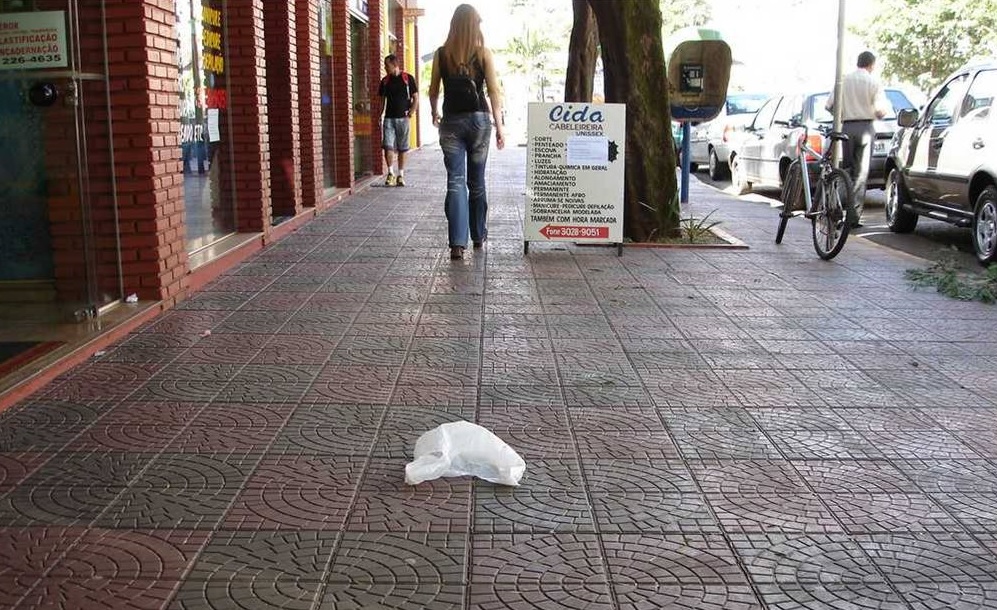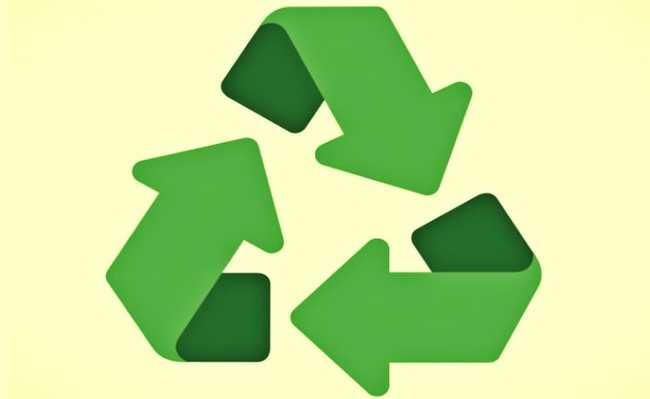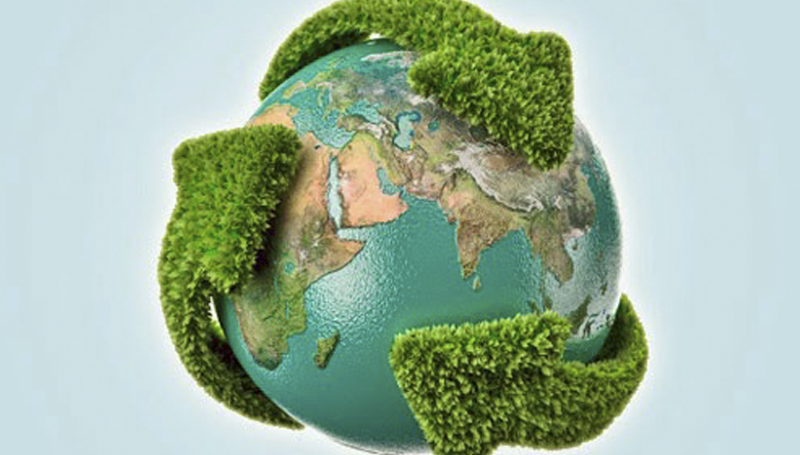Entrevista concedida pela FUNVERDE para a revista HM! sobre as malditas sacolas plásticas de uso…
Global Food: Waste Not, Want Not!
The tragedy of waste: A new report by the Institution of Mechanical Engineers has found that as much as 50% of all food produced around the world never reaches a human stomach due to issues as varied as inadequate infrastructure and storage facilities through to overly strict sell-by dates, buy-one-get-one free offers and consumers demanding cosmetically perfect food.
With UN predictions that there could be about an extra three billion people to feed by the end of the century and an increasing pressure on the resources needed to produce food, including land, water and energy, the Institution is calling for urgent action to tackle this waste.
The report ‘Global Food Waste Not Want Not’ found that:
• between 30% and 50% or 1.2-2 billion tonnes of food produced around the world each year never reaches a human stomach;
• as much as 30% of UK vegetable crops are not harvested due to them failing to meet exacting standards based on their physical appearance, while up to half of the food that’s bought in Europe and the USA is thrown away by the consumer;
• about 550 billion m3 of water is wasted globally in growing crops that never reach the consumer;
• it takes 20-50 times the amount of water to produce 1 kilogram of meat than 1 kilogram of vegetables;
• the demand for water in food production could reach 10–13 trillion m3 a year by 2050. This is 2.5 to 3.5 times greater than the total human use of fresh water today and could lead to more dangerous water shortages around the world;
• there is the potential to provide 60-100% more food by eliminating losses and waste while at the same time freeing up land, energy and water resources.
Dr Tim Fox, Head of Energy and Environment at the Institution of Mechanical Engineers said:
“The amount of food wasted and lost around the world is staggering. This is food that could be used to feed the world’s growing population – as well as those in hunger today. It is also an unnecessary waste of the land, water and energy resources that were used in the production, processing and distribution of this food.
“The reasons for this situation range from poor engineering and agricultural practices, inadequate transport and storage infrastructure through to supermarkets demanding cosmetically perfect foodstuffs and encouraging consumers to overbuy through buy-one-get-one free offers.
“As water, land and energy resources come under increasing pressure from competing human demands, engineers have a crucial role to play in preventing food loss and waste by developing more efficient ways of growing, transporting and storing foods.
“But in order for this to happen Governments, development agencies and organisation like the UN must work together to help change people’s mindsets on waste and discourage wasteful practices by farmers, food producers, supermarkets and consumers.”
By 2075 the UN predicts that the world’s population is set to reach around 9.5 billion, which could mean an extra three billion mouths to feed. A key issue to dealing with this population growth is how to produce more food in a world with resources under competing pressures – particularly given the added stresses caused by global warming and the increasing popularity of eating meat – which requires around 10 times the land resources of food like rice or potatoes.
The world produces about four billion metric tonnes of food per year, but wastes up to half of this food through poor practices and inadequate infrastructure. By improving processes and infrastructure as well as changing consumer mindsets, we would have the ability to provide 60-100% more food to feed the world’s growing population.
The Global Food Waste Not Want Not report recommends that:
The UN Food and Agriculture Organisation (FAO) works with the international engineering community to ensure governments of developed nations put in place programmes that transfer engineering knowledge, design know-how, and suitable technology to newly developing countries. This will help improve produce handling in the harvest, and immediate post-harvest stages of food production.
Governments of rapidly developing countries incorporate waste minimisation thinking into the transport infrastructure and storage facilities currently being planned, engineered and built.
Governments in developed nations devise and implement policy that changes consumer expectations. These should discourage retailers from wasteful practices that lead to the rejection of food on the basis of cosmetic characteristics, and losses in the home due to excessive purchasing by consumers.
Feeding the 9 Billion: The tragedy of waste
By 2075, the United Nations’ mid-range projection for global population growth predicts that human numbers will peak at about 9.5 billion people. This means that there could be an extra three billion mouths to feed by the end of the century, a period in which substantial changes are anticipated in the wealth, calorific intake and dietary preferences of people in developing countries across the world.
Such a projection presents mankind with wide-ranging social, economic, environmental and political issues that need to be addressed today to ensure a sustainable future for all. One key issue is how to produce more food in a world of finite resources.
Today, we produce about four billion metric tonnes of food per annum. Yet due to poor practices in harvesting, storage and transportation, as well as market and consumer wastage, it is estimated that 30–50% (or 1.2–2 billion tonnes) of all food produced never reaches a human stomach. Furthermore, this figure does not reflect the fact that large amounts of land, energy, fertilisers and water have also been lost in the production of foodstuffs which simply end up as waste. This level of wastage is a tragedy that cannot continue if we are to succeed in the challenge of sustainably meeting our future food demands.
Where Food Waste Happens
In 2010, the Institution of Mechanical Engineers identified three principal emerging population groups across the world, based on characteristics associated with their current and projected stage of economic development.
Fully developed, mature, post-industrial societies, such as those in Europe, characterised by stable or declining populations which are increasing in age.
Late-stage developing nations that are currently industrialising rapidly, for example China, which will experience decelerating rates of population growth, coupled with increasing affluence and age profile.
Newly developing countries that are beginning to industrialise, primarily in Africa, with high to very high population growth rates (typically doubling or tripling their populations by 2050), and characterised by a predominantly young age profile.
Each group over the coming decades will need to address different issues surrounding food production, storage and transportation, as well as consumer expectations, if we are to continue to feed all our people.
Third World and Developing Nations
In less-developed countries, such as those of sub-Saharan Africa and South-East Asia, wastage tends to occur primarily at the farmer-producer end of the supply chain. Inefficient harvesting, inadequate local transportation and poor infrastructure mean that produce is frequently handled inappropriately and stored under unsuitable farm site conditions.
Developed Nations
In mature, fully developed countries such as the UK, more-efficient farming practices and better transport, storage and processing facilities ensure that a larger proportion of the food produced reaches markets and consumers. However, characteristics associated with modern consumer culture mean produce is often wasted through retail and customer behaviour.
Major supermarkets, in meeting consumer expectations, will often reject entire crops of perfectly edible fruit and vegetables at the farm because they do not meet exacting marketing standards for their physical characteristics, such as size and appearance. For example, up to 30% of the UK’s vegetable crop is never harvested as a result of such practices. Globally, retailers generate 1.6 million tonnes of food waste annually in this way.
Of the produce that does appear in the supermarket, commonly used sales promotions frequently encourage customers to purchase excessive quantities which, in the case of perishable foodstuffs, inevitably generate wastage in the home. Overall between 30% and 50% of what has been bought in developed countries is thrown away by the purchaser.
Better use of our Finite Resources
Wasting food means losing not only life-supporting nutrition but also precious resources, including land, water and energy. As a global society therefore, tackling food waste will help contribute towards addressing a number of key resource issues:
Effective Land Usage
Over the last five decades, improved farming techniques and technologies have helped to significantly increase crop yields along with a 12% expansion of farmed land use. However, with global food production already utilising about 4.9Gha of the 10Gha usable land surface available, a further increase in farming area without impacting unfavourably on what remains of the world’s natural ecosystems appears unlikely. The challenge is that an increase in animal-based production will require greater land and resource requirement, as livestock farming demands extensive land use. One hectare of land can, for example, produce rice or potatoes for 19–22 people per annum. The same area will produce enough lamb or beef for only one or two people. Considerable tensions are likely to emerge, as the need for food competes with demands for ecosystem preservation and biomass production as a renewable energy source.
Water Usage
Over the past century, fresh water abstraction for human use has increased at more than double the rate of population growth. Currently about 3.8 trillion m3 of water is used by humans per annum. About 70% of this is consumed by the global agriculture sector, and the level of use will continue to rise over the coming decades. Indeed, depending on how food is produced and the validity of forecasts for demographic trends, the demand for water in food production could reach 10–13 trillion m3 annually by mid-century. This is 2.5 to 3.5 times greater than the total human use of fresh water today.
Better irrigation can dramatically improve crop yield and about 40% of the world’s food supply is currently derived from irrigated land. However, water used in irrigation is often sourced unsustainably, through boreholes sunk into poorly managed aquifers. In some cases government development programmes and international aid interventions exacerbate this problem. In addition, we continue to use wasteful systems, such as flood or overhead spray, which are difficult to control and lose much of the water to evaporation. Although the drip or trickle irrigation methods are more expensive to install, they can be as much as 33% more efficient in water use as well as being able to carry fertilisers directly to the root.
In processing of foods after the agricultural stage, there are large additional uses of water that need to be tackled in a world of growing demand. This is particularly crucial in the case of meat production, where beef uses about 50 times more water than vegetables. In the future, more- effective washing techniques, management procedures, and recycling and purification of water will be needed to reduce wastage.
Energy Usage
Energy is an essential resource across the entire food production cycle, with estimates showing an average of 7–10 calories of input being required in the production of one calorie of food. This varies dramatically depending on crop, from three calories for plant crops to 35 calories in the production of beef. Since much of this energy comes from the utilisation of fossil fuels, wastage of food potentially contributes to unnecessary global warming as well as inefficient resource utilisation.
In the modern industrialised agricultural process – which developing nations are moving towards in order to increase future yields – energy usage in the making and application of agrochemicals such as fertilisers and pesticides represents the single biggest component. Wheat production takes 50% of its energy input for these two items alone. Indeed, on a global scale, fertiliser manufacturing consumes about 3–5% of the world’s annual natural gas supply. With production anticipated to increase by 25% between now and 2030, sustainable energy sourcing will become an increasingly major issue. Energy to power machinery, both on the farm and in the storage and processing facilities, together with the direct use of fuel in field mechanisation and produce transportation, adds to the energy total, which currently represents about 3.1% of annual global energy consumption.
Recommendations
Rising population combined with improved nutrition standards and shifting dietary preferences will exert pressure for increases in global food supply. Engineers, scientists and agriculturalists have the knowledge, tools and systems that will assist in achieving productivity increases. However, pressure will grow on finite resources of land, energy and water. The potential to provide 60–100% more food by simply eliminating losses, while simultaneously freeing up land, energy and water resources for other uses, is an opportunity that should not be ignored. In order to begin tackling the challenge, the Institution recommends that:
1. The UN Food and Agriculture Organisation (FAO) works with the international engineering community to ensure governments of developed nations put in place programmes that transfer engineering knowledge, design know-how, and suitable technology to newly developing countries. This will help improve produce handling in the harvest, and immediate post-harvest stages of food production.
2. Governments of rapidly developing countries incorporate waste minimisation thinking into the transport infrastructure and storage facilities currently being planned, engineered and built.
3. Governments in developed nations devise and implement policy that changes consumer expectations. These should discourage retailers from wasteful practices that lead to the rejection of food on the basis of cosmetic characteristics, and losses in the home due to excessive purchasing by consumers.
Fonte – Commodities Now de 10 de janeiro de 2013




Este Post tem 0 Comentários